-
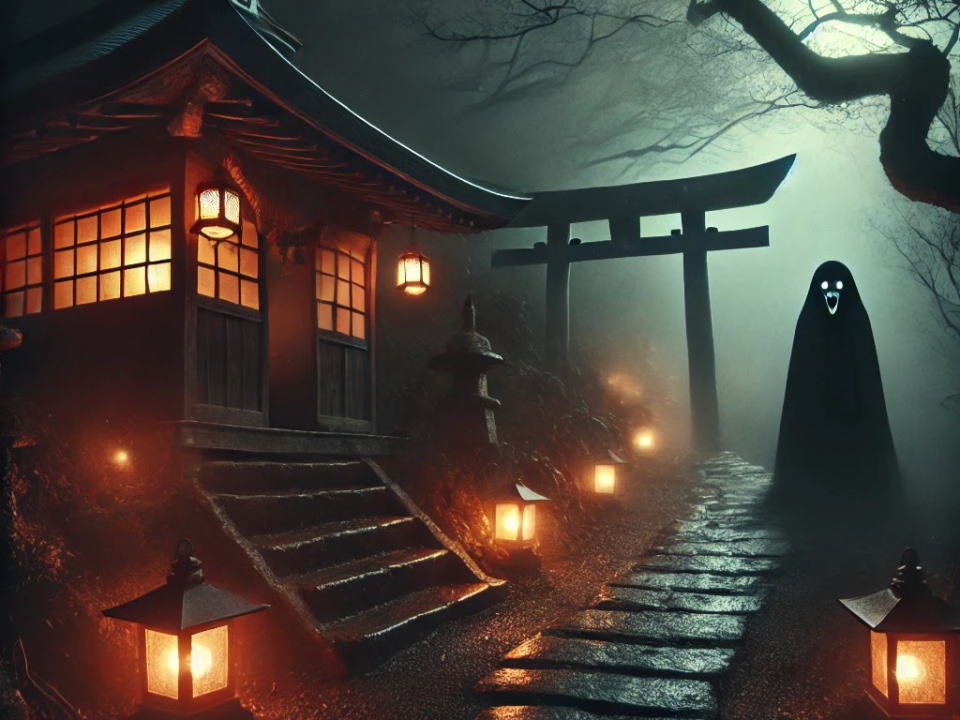
-
The Relationship Between Yakumo’s Ghost Stories and Japanese Folktales
2025/2/26
Lafcadio Hearn, also known as Koizumi Yakumo, was deeply fascinated by Japanese folktales. He wrote many ghost stories based on these legends and traditional narratives. His works were not merely translations or collections of folklore. Instead, he reinterpreted and refined them into new literary pieces, making them accessible to Western readers. This article explores how Yakumo’s ghost stories are connected to Japanese folktales, examining their similarities and differences in detail. 1. Why Yakumo Was Fascinated by Ghost Stories Yakumo had a strong interest in different cultures and folktales from an early age. He was born in Greece and ...
-
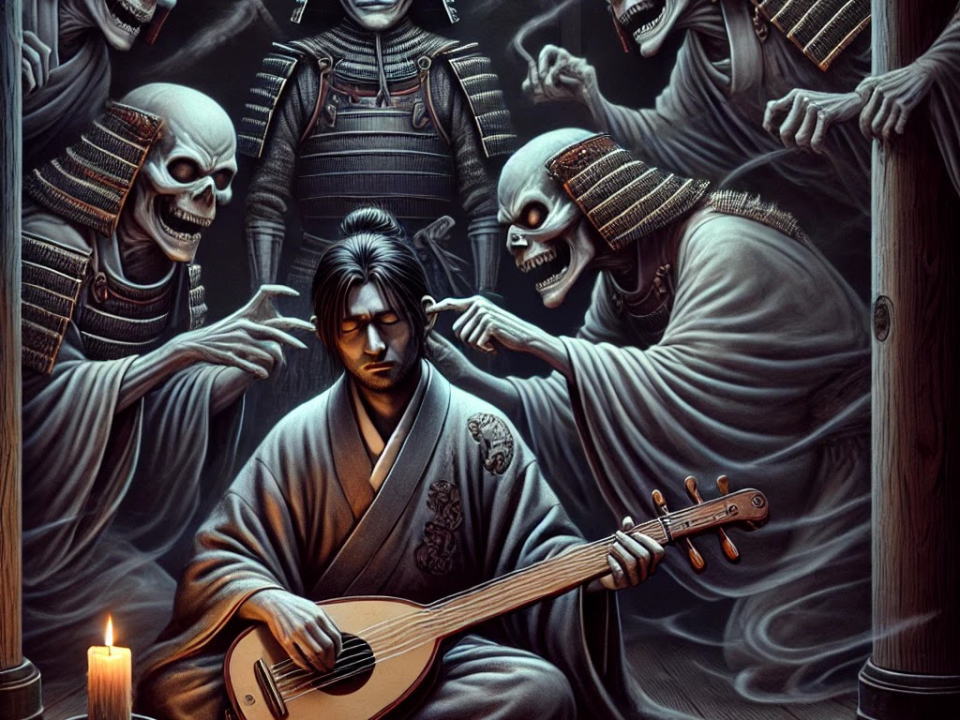
-
Representative Stories from Kwaidan
2025/2/25
Lafcadio Hearn’s Kwaidan is a groundbreaking work that introduced traditional Japanese ghost stories and folklore to the Western world. Published in 1904, this collection features eerie tales from various regions of Japan, captivating readers with its unique atmosphere. In this chapter, we will explore some of the most famous stories from Kwaidan and uncover their haunting allure. 1. Yuki-Onna – The Silent and Icy Terror Yuki-Onna (The Snow Woman) is a story about a mysterious spirit associated with snowstorms. Hearn retells this classic Japanese folktale with a fresh perspective, making it more accessible to Western audiences. Summary One ...
-
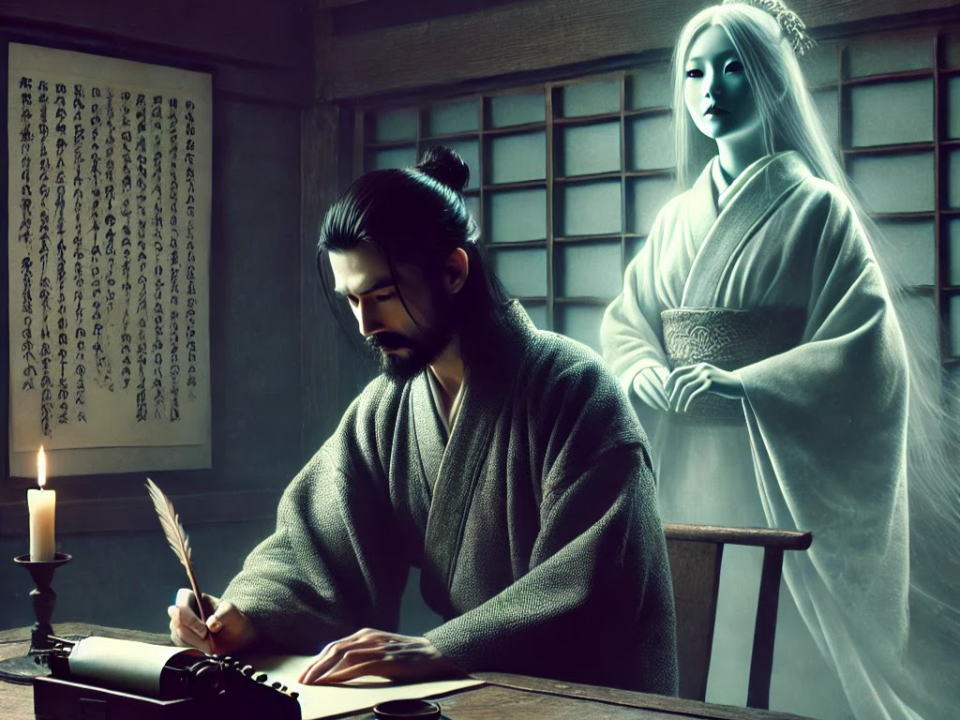
-
Lafcadio Hearn and the Culture of Ghost Stories
2025/2/25
Lafcadio Hearn is known as the writer who introduced Japan’s ghost story culture to the world. His most famous work, Kwaidan, is a collection of traditional Japanese ghost and yokai tales, still beloved by many readers today. But why was Hearn so fascinated by ghost stories? The answer lies in his own life experiences and his deep connection with Japan. A Childhood Fascinated by the Supernatural Hearn was born in 1850 on the Greek island of Lefkada. From an early age, he was exposed to diverse cultures and grew up hearing Greek mythology and Irish folklore. His mother ...
-
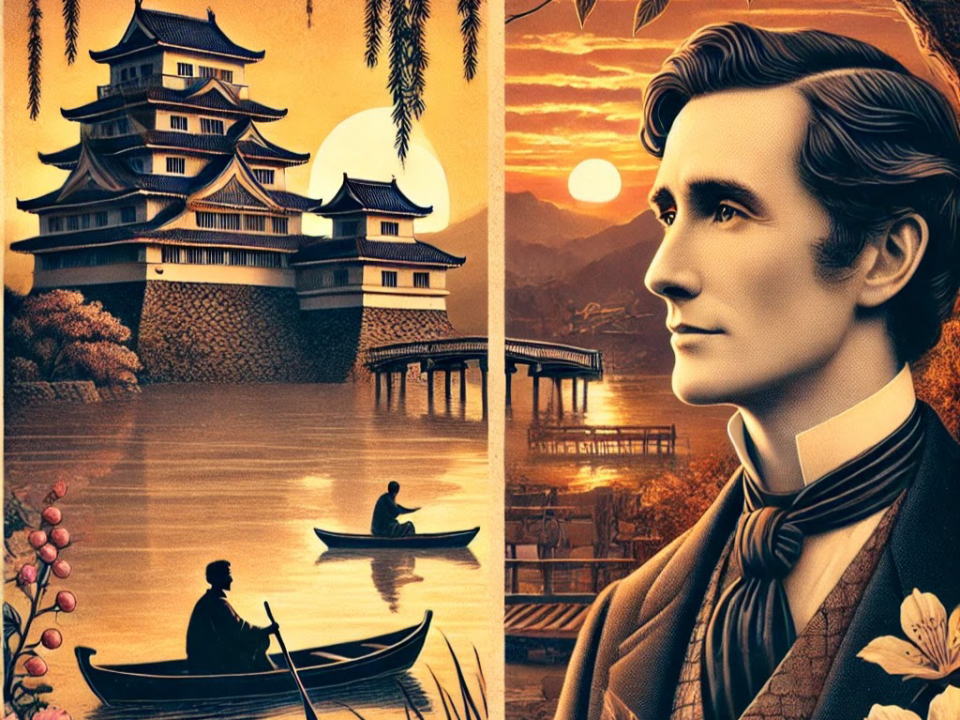
-
The Beauty of Japan as Seen by Lafcadio Hearn
2025/2/24
Lafcadio Hearn, known in Japan as Koizumi Yakumo, found a unique and profound beauty in Japan’s landscapes, culture, and daily life. His works capture the charm of Japan through the eyes of a Westerner, and they continue to be cherished by many readers today. So, what exactly was the "beauty of Japan" that Hearn saw? The Beauty of Japan’s Natural Scenery Hearn was deeply moved by Japan’s seasonal changes and landscapes. One of the most unforgettable sights for him was the sunset over Lake Shinji in Matsue. He once described Japanese scenery as different from that of the ...
-
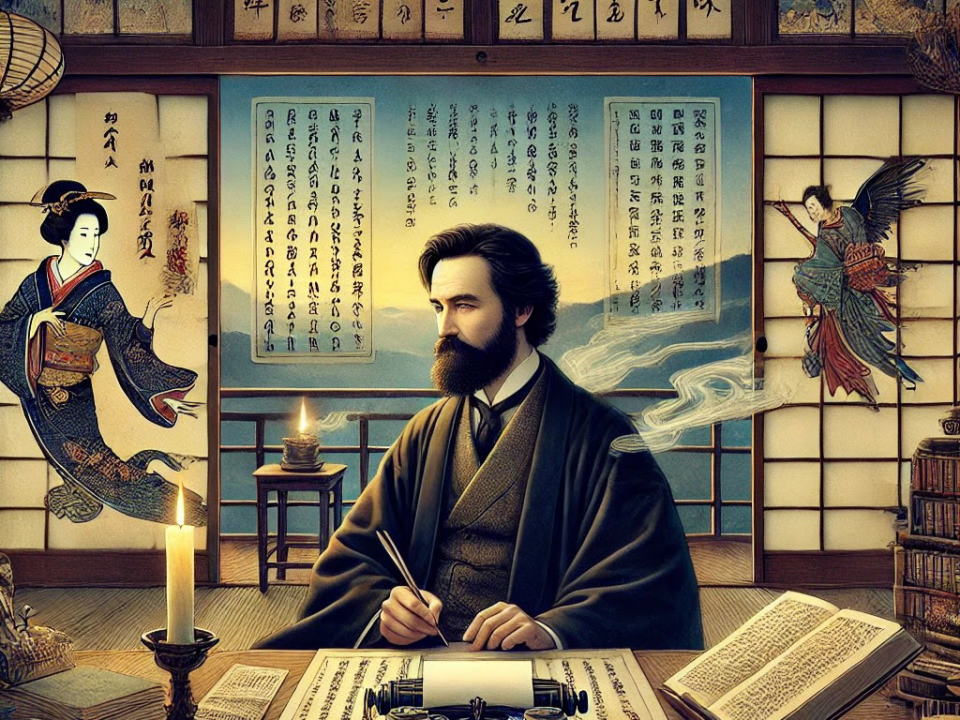
-
How Yakumo’s Literature Bridges Cultures
2025/2/24
Yakumo’s literature is far more than a mere collection of stories—it radiates the charm of two distinct worlds meeting and becoming bound by a deep, unbreakable connection. Here, the “bond of marriage” is not limited to familial love; rather, it symbolizes how contrasting elements—East and West, logic and emotion, classical and innovative—complement one another and merge into a unified whole. Yakumo as a Cultural Crossroads Lafcadio Hearn, known in Japan as Koizumi Yakumo, was born into a Western background yet became deeply rooted in Japanese culture, which captivated him completely. His works blend the keen insights of an ...
-
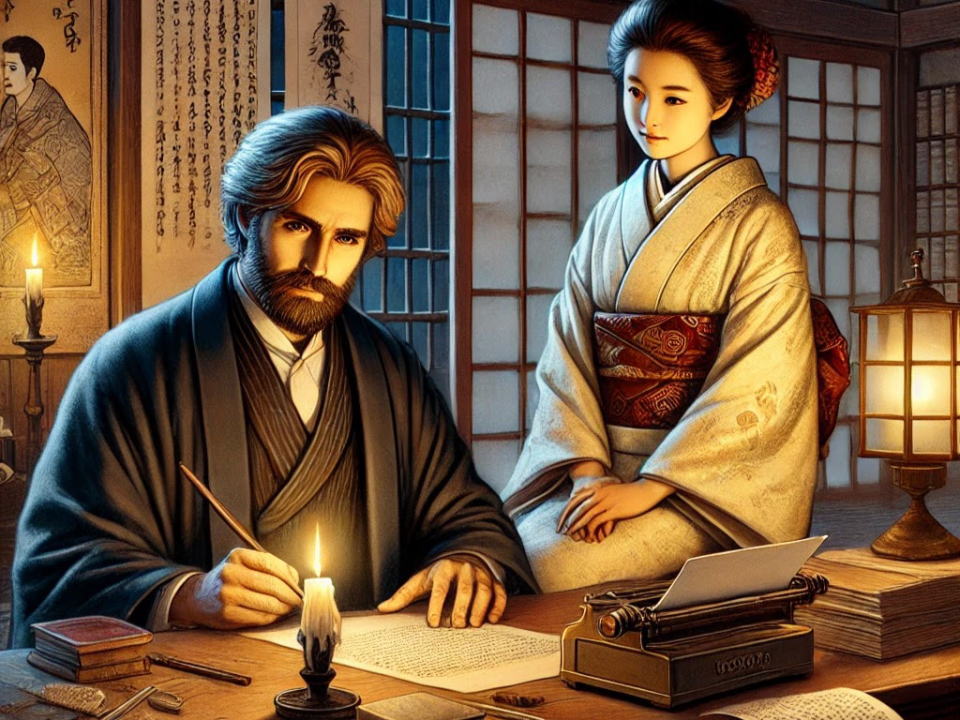
-
The Influence of Setsu on Lafcadio Hearn’s Works
2025/2/24
Lafcadio Hearn, known as Koizumi Yakumo in Japan, was a writer captivated by Japanese culture. He introduced the world to Japan’s folklore and ghost stories, but behind his literary success stood a crucial figure—his wife, Koizumi Setsu. Setsu was not just a companion; she was Hearn’s guide to Japanese culture, values, and traditions. Her role was instrumental in shaping his understanding of Japan and influencing his literary works. How Hearn Gained a Deep Understanding of Japanese Culture Born in Greece, raised in Ireland and France, and later working as a journalist in the United States, Hearn was a ...
-
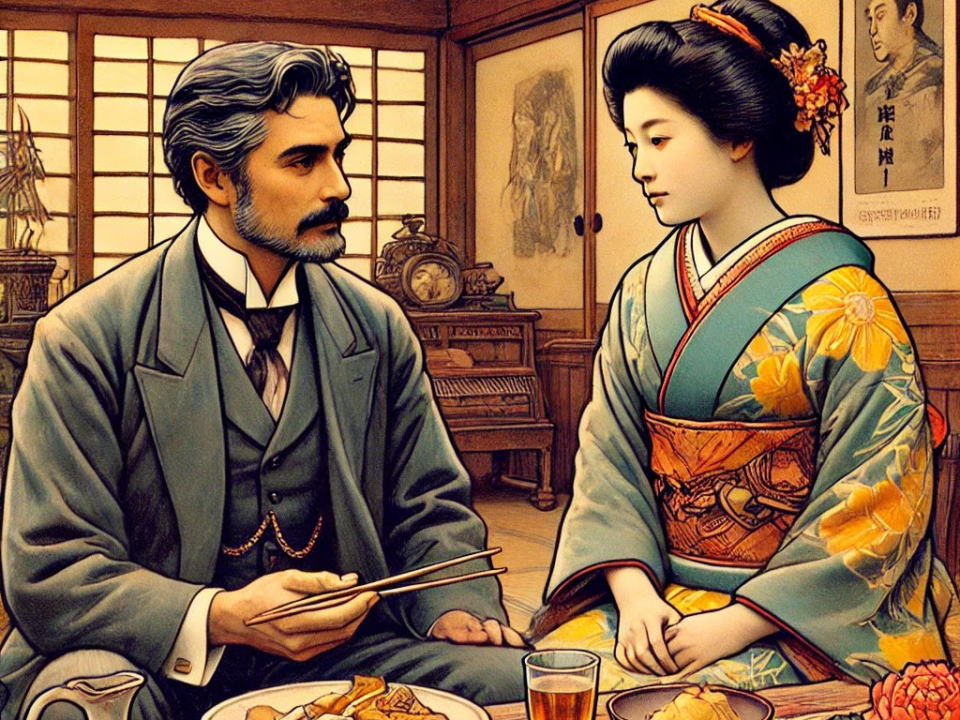
-
The Realities of an Intercultural Marriage
2025/2/24
The Realities of an Intercultural Marriage The marriage between Lafcadio Hearn (Koizumi Yakumo) and Setsu Koizumi was a rare occurrence in late 19th-century Japan. At the time, marriages between Japanese and Westerners were almost unheard of, and bridging cultural differences was no easy task. However, the two built their life together with mutual respect and understanding. Differences in Values Between Japanese and Western Cultures in the Meiji Era 1. Differences in Household Roles During the Meiji era, Japanese women were expected to manage the home and family as their primary role. Meanwhile, in the West, the movement for ...
-
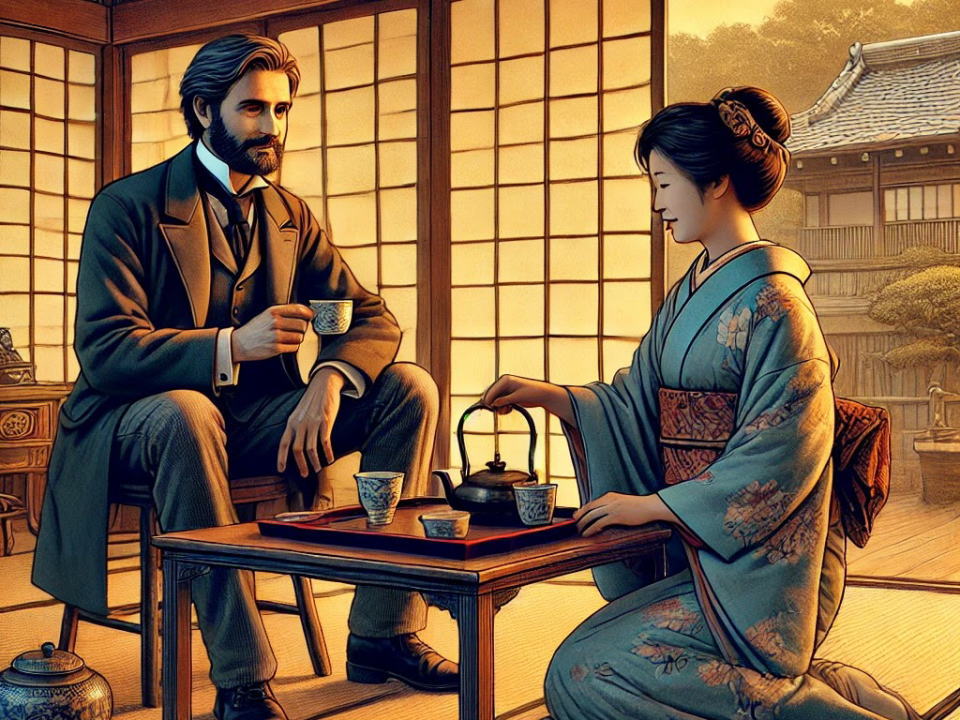
-
The Fateful Encounter of Yakumo and Setsu
2025/2/24
A New Beginning in Matsue In 1890, Lafcadio Hearn (later known as Koizumi Yakumo) came to Japan as an English teacher, starting his career at Jinjo Junior High School in Matsue, Shimane Prefecture (now Matsue Kita High School). For Westerners at that time, Japan was an unknown world, yet Yakumo found himself deeply fascinated by its culture—especially by the tranquil environment and time-honored customs of Matsue. Shortly after beginning his life in Matsue, he started living with a Japanese family. In that household, he was cared for by a woman who would later become his wife, Koizumi Setsu. Setsu ...
-
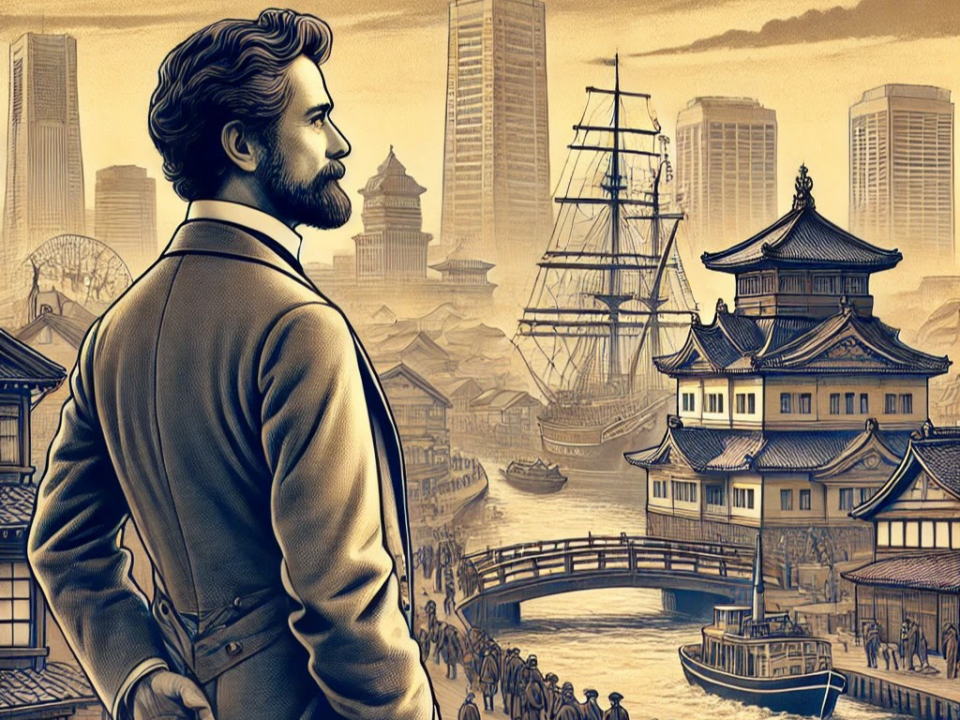
-
Why Did Lafcadio Hearn Go to Japan? His Encounter with Japan During the Meiji Era
2025/2/24
A Longing for Other Cultures Since Childhood Lafcadio Hearn was born in Greece in 1850. He was raised by parents from very different cultural backgrounds—his father was an Irish military doctor and his mother the daughter of a Greek noble. However, his early years were turbulent; his parents divorced when he was young, and he was subsequently taken in by relatives on his father’s side. While he received a strict education in England, Hearn led a solitary life. After losing his sight—a great misfortune—he immersed himself in books, acquainting himself with the myths and stories of many nations. ...
-
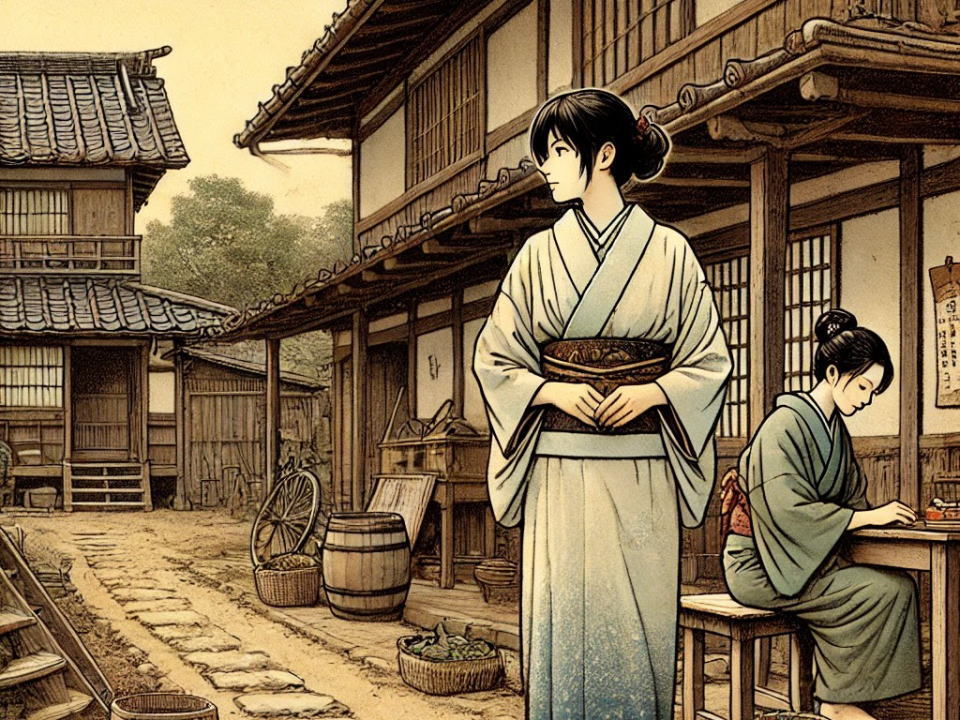
-
The Life and Family Background of Setsu Koizumi
2025/2/24
Born as the Daughter of a Matsue Samurai Family Setsu Koizumi (née Nishida) was born in Matsue, Shimane Prefecture, during the late Edo period transitioning into the Meiji era. Her family belonged to the former samurai class that once served the Matsue domain, upholding traditional values of the warrior class. From an early age, Setsu was immersed in an environment that emphasized samurai etiquette and Japan’s rich cultural traditions. Childhood and Education During the Meiji era, while Japan was rapidly modernizing, many local communities still preserved traditional lifestyles. The Nishida family was no exception. Setsu received an education ...
